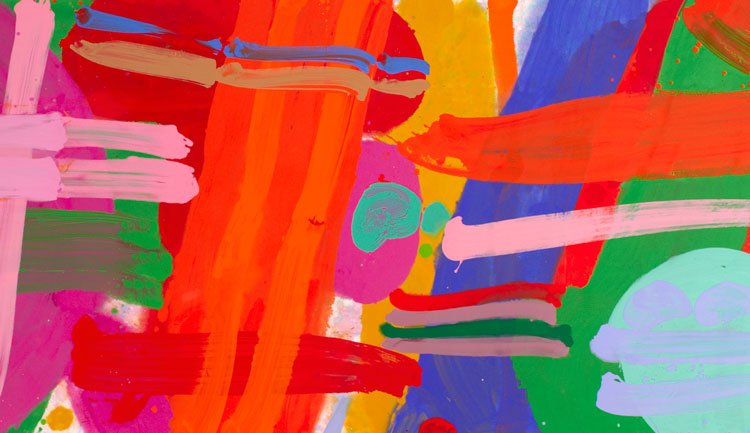The Healing Arts: visual art in hospitals and its use for labor and birth
The Healing Arts book cover
Research from Chelsea and Westminster Hospital in Chelsea, London, has shown that visual art in hospitals increases wellbeing and reduces patient stress, anxiety, and pain in patients. This article discusses the fascinating research, which the hospital conducted over the course of 25 years, using visual art, performance, and music to help patients. As part of the research, that labor was two hours shorter and less anaesthetic was needed for women giving birth.
Publication of The Healing Arts, a book based on Chelsea and Westminster Hospital’s history of using art for healing, explains the research and shows artworks used for healing.
For some time, Visualizing Birth and others have maintained that positive imagery of birth could be beneficial more specifically to women as they labor in hospitals. Research similar to that conducted at Chelsea and Westminster Hospital could be conducted elsewhere on the topic of how visual imagery impacts the process of birth for women from around the world.
Filling hospitals with art reduces patient stress, anxiety and pain
Chelsea and Westminster Hospital has found that the mental health and experiences of those receiving intrusive examinations, surgery, chemotherapy and emergency care are improved when visual art is installed.

Research from Chelsea and Westminster Hospital has found that placing art in the NHS trust has helped to improve patient wellbeing, decrease hospital stays and reduce anxiety, depression and pain.
The study was conducted by CW+, the London hospital’s charity, which runs an arts therapy programme for patients and clinicians.
The findings coincide with the hospital releasing The Healing Arts, a book showcasing how it has used visual art, performance and music over the last 25 years to help improve wellbeing and experiences for people in the hospital.
Examples include mixed media installations in public spaces such as atriums, digital artwork in examination rooms, animal-based murals in children’s departments, and a multi-coloured, on-site cinema.
Women’s anxiety in cervix exams reduced

Research found that over four fifths of 50 women undertaking colposcopy (cervical) examinations said that having visual art present “greatly improved their anxiety and experience” of the procedure. The digital art installation in the women’s outpatients’ department includes screens showing films of natural landscapes, wildlife and towns, and were installed to provide “distraction” for women while they undergo what can be an “uncomfortable” examination, says the hospital.
It also found that 16 out of 19 clinical staff working in the children’s emergency department noted that zoo-themed digital art, showing moving images of animals, improved young patients’ anxiety, while 15 out of 19 clinicians said it decreased their pain.
These recent findings add to prior research completed by CW+ in 2004, which found that the use of art and music made a positive impact on certain patients, such as women in labour, those having chemotherapy or undergoing surgery.
Labour two hours shorter and less anaesthetic needed

It found that labour was two hours shorter when art was present, while levels of the stress hormone cortisol and feelings of depression dropped by a third for those having chemotherapy.
For those having surgery, less anaesthetic was needed, hospital stays were an average of one day shorter, and levels of cortisol nearly halved.
Chelsea and Westminster Hospital is not the only NHS trust to use visual art to help patients and clinicians – Sheffield Children’s Hospital, through its charity’s art programme, Artfelt, has commissioned several designers and illustrators over the years to transform its spaces, including Morag Myerscough, Jon Burgerman and Quentin Blake.
Guy’s Hospital in London also recently commissioned interior design studio Between Art and Technology (BAT) to create a listening and relaxation room for those with cancer, complete with soundscapes and natural furniture, to help patients and their families escape the hospital environment through their imaginations, in a bid to improve their mental wellbeing.
Chelsea and Westminster Hospital’s new book, The Healing Arts, which explores the connection between art and health and the therapeutic power that art can have, is available to buy now through Unicorn Publishing Group for £15.




